Home>Storage Ideas>Bedroom Storage>How To Wash Towels To Keep Them Soft And Smelling Fresh
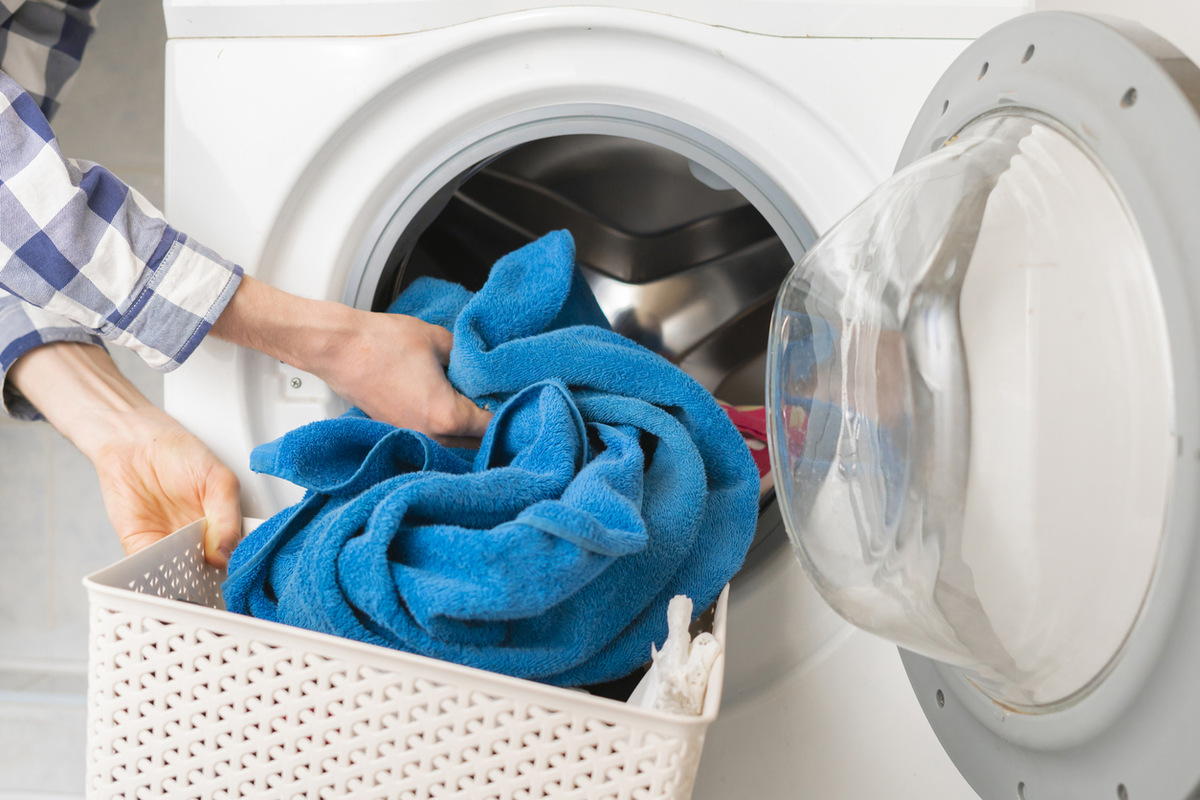

Bedroom Storage
How To Wash Towels To Keep Them Soft And Smelling Fresh
Modified: January 19, 2024
Learn how to wash your towels to maintain their softness and a fresh scent. Discover effective tips for cleaning and caring for your bedroom-storage towels.
(Many of the links in this article redirect to a specific reviewed product. Your purchase of these products through affiliate links helps to generate commission for Storables.com, at no extra cost. Learn more)
Introduction
Having soft and fresh-smelling towels can greatly enhance your bathing experience. There’s nothing quite like wrapping yourself in a plush, cozy towel after a long, relaxing shower. However, over time, towels can become stiff, rough, and lose their pleasant scent. The good news is that with the right washing techniques, you can easily maintain the softness and freshness of your towels.
In this article, we will guide you through the process of washing towels to keep them soft and smelling fresh. We’ll provide you with tips and tricks that will bring your towels back to life, transforming them into luxurious, comforting essentials in your bathroom. So let’s dive in and discover the secrets to achieving the perfect towel cleaning routine.
Key Takeaways:
- Choose high-quality cotton or microfiber towels for softness and absorbency. Sort by color and type before washing to prevent color bleeding and ensure thorough cleaning. Shake out debris and use mild detergent for optimal freshness.
- Maintain towel softness by avoiding fabric softener buildup and rotating towel usage. Air-dry occasionally and protect towels from harsh chemicals. Follow these tips for a spa-like bathing experience every time.
Read more: How To Store Cookies To Keep Them Soft
Choosing the Right Towels
Before we talk about how to wash your towels, let’s start by exploring the importance of choosing the right towels in the first place. The quality of the towels you purchase, as well as the material they’re made of, can significantly impact their durability, absorbency, and overall softness.
When selecting towels, it’s worth investing in higher-quality options. Look for towels that are made from 100% cotton or a cotton blend. Cotton is known for its absorbent properties and softness, making it an ideal choice for towels. Egyptian cotton and Turkish cotton are particularly renowned for their excellent quality and luxurious feel.
Furthermore, pay attention to the weight or GSM (grams per square meter) of the towels. Higher GSM indicates a denser and more absorbent towel. Opting for towels with a higher GSM will ensure that they are thick, plush, and able to quickly soak up moisture.
In addition to cotton, microfiber towels have gained popularity in recent years. Microfiber towels are made of synthetic fibers that are extremely fine, allowing them to absorb water effectively. They are also known for their quick-drying properties. While microfiber towels have their advantages, they may not provide the same level of softness as cotton towels.
Ultimately, the choice of material depends on personal preference and specific needs. Cotton towels are generally a safe and reliable choice, providing excellent softness and absorbency. Microfiber towels can be a good option for those who prioritize quick-drying and light-weight towels.
By selecting high-quality towels made from the right materials, you are setting the foundation for keeping them soft and fresh. Now, let’s move on to the next step in the towel washing process – sorting the towels for washing.
Sorting Towels for Washing
When it comes to washing towels, proper sorting is essential to ensure optimal cleanliness and prevent color bleeding or fabric damage. There are two main factors to consider when sorting your towels for washing: color separation and towel type separation.
Color separation is important to prevent dark-colored towels from staining lighter ones. Before washing your towels, separate them into different piles based on color. This will help you avoid any unpleasant surprises of finding your white towels tinted with colors from other towels. Remember, even slight color bleeding can be noticeable on lighter fabrics.
Next, consider separating your towels based on their type. For example, separate your bath towels from your hand towels and washcloths. Bath towels tend to be thicker and more absorbent, and washing them separately from smaller towels will ensure they get thoroughly cleaned. Additionally, separating towels based on their use can help prevent lint transfer or excessive wear and tear.
Once you’ve sorted your towels, it’s time to move on to the next step – preparing the towels for washing.
Preparing the Towels for Washing
Before tossing your towels into the washing machine, it’s important to take a few extra steps to prepare them for washing. This will help ensure that they come out clean and fresh after the wash cycle. Here are two key aspects to consider when preparing your towels for washing: removing stains or spots and shaking out excess debris.
Firstly, check each towel for any visible stains or spots. Treat them individually before laundering to increase the chances of successful stain removal. You can use a stain remover or apply a mixture of water and mild detergent directly to the affected area. Gently rub the solution into the stain and let it sit for a few minutes before washing. For stubborn stains, you may need to repeat the process or use a dedicated stain remover product.
After addressing any stains, give each towel a good shake to remove any excess debris such as dirt, sand, or loose fibers. This step is particularly important if you have used your towels outdoors, at the beach, or during activities that may have accumulated dirt or particles. By shaking out the towels, you’ll prevent these particles from clogging your washing machine or transferring onto other items during the wash cycle.
By taking a little extra time to remove stains and shake out debris before washing, you’re setting the stage for a successful and thorough wash. Up next, we’ll discuss the importance of selecting the proper detergent for washing your towels.
Selecting the Proper Detergent
Choosing the right detergent is crucial for maintaining the softness and freshness of your towels while ensuring that they are thoroughly cleaned. When selecting a detergent, there are a few factors to consider. Firstly, it’s important to avoid detergents that contain harsh chemicals or brighteners. These additives can be abrasive and may strip the towels of their softness over time. Opt for a mild detergent that is specifically formulated for sensitive or delicate fabrics.
In addition to selecting a gentle detergent, you can enhance the softness of your towels by using fabric softener or vinegar. Fabric softener helps to reduce static, soften the fibers, and leave a pleasant scent on your towels. However, be mindful not to use too much fabric softener, as it can build up and make towels less absorbent over time. Follow the recommended dosage on the detergent packaging or consider using half the recommended amount if you prefer a more minimal approach. Alternatively, you can replace fabric softener with white vinegar. Adding half a cup of vinegar in the final rinse cycle will help to naturally soften the towels without leaving any residue.
Experimenting with different detergent options and finding the right balance of fabric softener or vinegar will allow you to achieve soft and fresh results with every wash. The next step in the process is setting the correct water temperature for washing your towels.
Read more: How To Store Grapes To Keep Them Fresh
Setting the Correct Water Temperature
The water temperature you choose for washing your towels can have a significant impact on their cleanliness and longevity. It’s important to understand the differences between hot and cold water and determine the recommended water temperature for washing your towels.
Hot water can be effective in removing tough stains and killing bacteria, but it can also cause shrinkage and fade colors over time. Reserve the use of hot water for heavily soiled or stained towels, but avoid using it regularly for everyday washing.
Cold water is a milder option that is more gentle on the fibers of your towels, reducing the risk of shrinkage and color fading. It’s generally safe to wash most towels in cold water, as long as they are not heavily soiled or stained. Cold water is also more energy-efficient, helping you save electricity and reduce your environmental impact.
The recommended water temperature for most towels is warm water, which falls between hot and cold. Warm water provides a good balance between effective cleaning and preserving the integrity of your towels. It helps to loosen dirt, remove light stains, and ensure a thorough wash without causing significant damage or shrinkage.
It’s important to note that certain materials, such as microfiber, may have specific washing temperature requirements. Always refer to the care label on your towels for manufacturer recommendations. If in doubt, opt for cold or warm water to err on the side of caution.
Now that you know how to set the correct water temperature, you’re ready to move on to the next step – determining the proper laundry load size.
To keep towels soft and smelling fresh, wash them in warm water with a mild detergent, and add a cup of white vinegar to the rinse cycle. Avoid using fabric softener as it can make towels less absorbent over time. Tumble dry on low heat or air dry outside for a fresh scent.
Proper Laundry Load Size
The size of your laundry load plays a significant role in the effectiveness of the washing process for your towels. Whether you overload or underload the machine, it can affect the cleanliness and overall condition of your towels. It’s important to find the right balance to ensure an even and thorough wash.
Overloading the washing machine with too many towels can result in inadequate cleaning. When towels are crammed together, the water and detergent may not be able to penetrate the fabric properly, leading to incomplete soil removal. Overloading can also place excessive strain on the machine’s motor and suspension, potentially causing mechanical issues over time.
On the other hand, underloading the machine with too few towels can be inefficient and wasteful. When the load is too small, the towels may not agitate against each other enough to remove dirt and stains effectively. Additionally, underloading the machine wastes water and energy, as the machine operates less efficiently with a small load.
To find the proper laundry load size for your towels, consider the machine’s capacity and the recommendations provided by the manufacturer. As a general guideline, aim to fill the machine to around 80% of its capacity. This allows enough room for the towels to move freely during the wash cycle, facilitating optimal cleaning.
Furthermore, to promote even washing, balance the load by distributing the towels evenly inside the machine. Ensure that the weight is evenly distributed to avoid excessive vibration and potential damage to the machine. If necessary, add a few additional items (such as old t-shirts or lightweight linens) to ensure a balanced load.
By understanding the importance of proper laundry load size and finding the right balance, you’ll maximize the cleaning efficiency of your towels and maintain their softness and freshness.
Now that you’re aware of the proper laundry load size, let’s move on to the next step in the towel washing process – actually washing the towels.
Washing the Towels
Now that you have sorted your towels, prepped them, and determined the optimal load size, it’s time to wash them. Follow these steps to ensure that your towels come out clean, fresh, and soft:
1. Set the appropriate washing cycle: Check the care label on your towels for any specific washing instructions. Most towels can be washed using a regular or gentle cycle. For heavily soiled towels, you may use a longer or more intensive cycle. Avoid using the delicate cycle excessively, as it may not agitate the towels enough for a thorough clean.
2. Add the detergent and fabric softener/vinegar: Measure the recommended amount of detergent for the load size, and add it to the machine. If using fabric softener, follow the instructions on the product packaging and add the appropriate amount. Alternatively, if you prefer to use vinegar, pour it into the designated fabric softener dispenser or during the rinse cycle. Vinegar helps to eliminate any soap residue and restore softness to the towels.
3. Start the washing cycle: Close the machine and begin the wash cycle. Allow the machine to complete the cycle, ensuring that the water and detergent thoroughly clean and refresh your towels.
Tip: Avoid overcrowding the machine to allow the towels to move freely and maximize cleaning efficiency. If necessary, divide the load into smaller batches and wash them separately.
Once the washing cycle is complete, it’s time to move on to the next step – drying the towels.
Before we proceed, let’s recap the key points: choose the appropriate washing cycle, add the recommended amount of detergent, and consider using fabric softener or vinegar for added softness and freshness.
Drying the Towels
Properly drying your towels is just as important as washing them to maintain their softness and freshness. Here are some tips to ensure your towels dry effectively:
1. Avoid overdrying: Overdrying your towels can lead to shrinkage, stiffness, and damage to the fibers. To prevent this, follow the manufacturer’s recommendations for drying time and select a cycle that is appropriate for towels. If using a dryer, choose a low or medium heat setting to prevent overheating.
2. Use dryer balls or tennis balls: Adding dryer balls or tennis balls to the dryer can help fluff up your towels and accelerate the drying process. These objects create movement and separation between the towels, allowing air to circulate more efficiently. This results in faster drying and softer towels. Alternatively, you can also use clean and dry towels or washcloths to achieve a similar effect.
3. Line drying: If weather permits and you have enough space, consider air-drying your towels on a clothesline or drying rack. This natural drying method not only saves energy but also helps preserve the softness of your towels. Hang them outdoors or in a well-ventilated area to allow them to air-dry completely.
Remember, it’s important to avoid drying towels for an extended period or exposing them to direct sunlight for too long, as this can cause fading and damage the fabric. Always check the care label for any specific instructions regarding drying methods.
Now that your towels are dry, it’s time to implement some maintenance tips to keep them soft and fresh for longer.
To recap, avoid overdrying your towels, use dryer balls or tennis balls, and consider air-drying as an alternative method.
Read more: How To Store Bagels To Keep Them Fresh
Tips for Keeping Towels Soft and Fresh
After properly washing and drying your towels, you want to keep them soft and fresh for as long as possible. Here are some tips to help you achieve just that:
1. Avoid fabric softener buildup: While fabric softener can contribute to softness and fragrance, using it excessively can lead to a buildup that makes towels less absorbent over time. Consider using fabric softener sparingly or opt for natural alternatives like vinegar or baking soda.
2. Shake out towels before folding: Before folding and storing your towels, give them a gentle shake to fluff up the fibers and prevent them from becoming flat and stiff. This simple step will help maintain the softness and loftiness of the towels.
3. Don’t overload storage space: Avoid cramming towels into a tight space, as this can lead to compression and decrease their fluffiness. Allow them some breathing room in the closet or linen cupboard to retain their volume and softness.
4. Rotate towel usage: Instead of constantly using the same towels, rotate them. This helps to distribute wear and tear evenly across all towels and prolong their lifespan. It also ensures that each towel gets adequate time to fully dry, reducing the risk of mildew or musty odors.
5. Skip the dryer occasionally: Consider air-drying your towels naturally from time to time to allow them to benefit from fresh air and sunlight. This helps to keep them naturally fresh and can improve their overall softness.
6. Avoid contact with harsh chemicals: Keep your towels away from household cleaning products, bleach, and hair care products that may contain aggressive chemicals. Exposure to these substances can potentially damage the fabric and affect the softness of your towels.
By following these tips, you’ll be able to prolong the soft and fresh feel of your towels, creating a spa-like experience every time you use them.
Now, armed with these maintenance tips, you can enjoy the luxurious comfort of your soft and fresh towels for years to come.
Conclusion
Taking care of your towels is essential to ensure they remain soft, fresh, and luxurious for a long time. By following the proper washing techniques and implementing maintenance tips, you can maintain the integrity of your towels and enjoy the ultimate bathing experience.
Start by choosing high-quality towels made from materials like 100% cotton or microfiber, depending on your preference. Sort your towels based on color and type to prevent color bleeding and ensure thorough cleaning. Before washing, remove any stains or spots and shake out excess debris.
When selecting a detergent, opt for a mild one to avoid harsh chemicals that can strip away softness. Consider using fabric softener or vinegar to enhance the softness and freshness of your towels, but be mindful not to use too much and cause buildup.
Set the correct water temperature for washing your towels, balancing between hot, cold, or warm water depending on the level of soiling. Proper laundry load size is crucial to maximize cleaning efficiency, so avoid overloading or underloading the machine.
During the washing process, choose the appropriate cycle and add the detergent and fabric softener/vinegar following the instructions. When drying the towels, avoid overdrying and use dryer balls or tennis balls to fluff them up. If possible, opt for air-drying to preserve their softness and save energy.
To maintain the softness and freshness of your towels, avoid fabric softener buildup and shake them out before folding. Give your towels room to breathe in storage, rotate their usage, and occasionally skip the dryer for natural air-drying. Lastly, protect them from harsh chemicals and follow the care instructions on the labels.
By implementing these tips and techniques, your towels will feel like new every time you use them, enveloping you in comfort and luxury. So go ahead and elevate your bathing experience with soft and fresh towels that make you feel pampered.
With proper care, your towels will continue to provide the perfect combination of functionality and indulgence, enhancing your daily routine and transforming your bathroom into a spa-like retreat.
Frequently Asked Questions about How To Wash Towels To Keep Them Soft And Smelling Fresh
Was this page helpful?
At Storables.com, we guarantee accurate and reliable information. Our content, validated by Expert Board Contributors, is crafted following stringent Editorial Policies. We're committed to providing you with well-researched, expert-backed insights for all your informational needs.

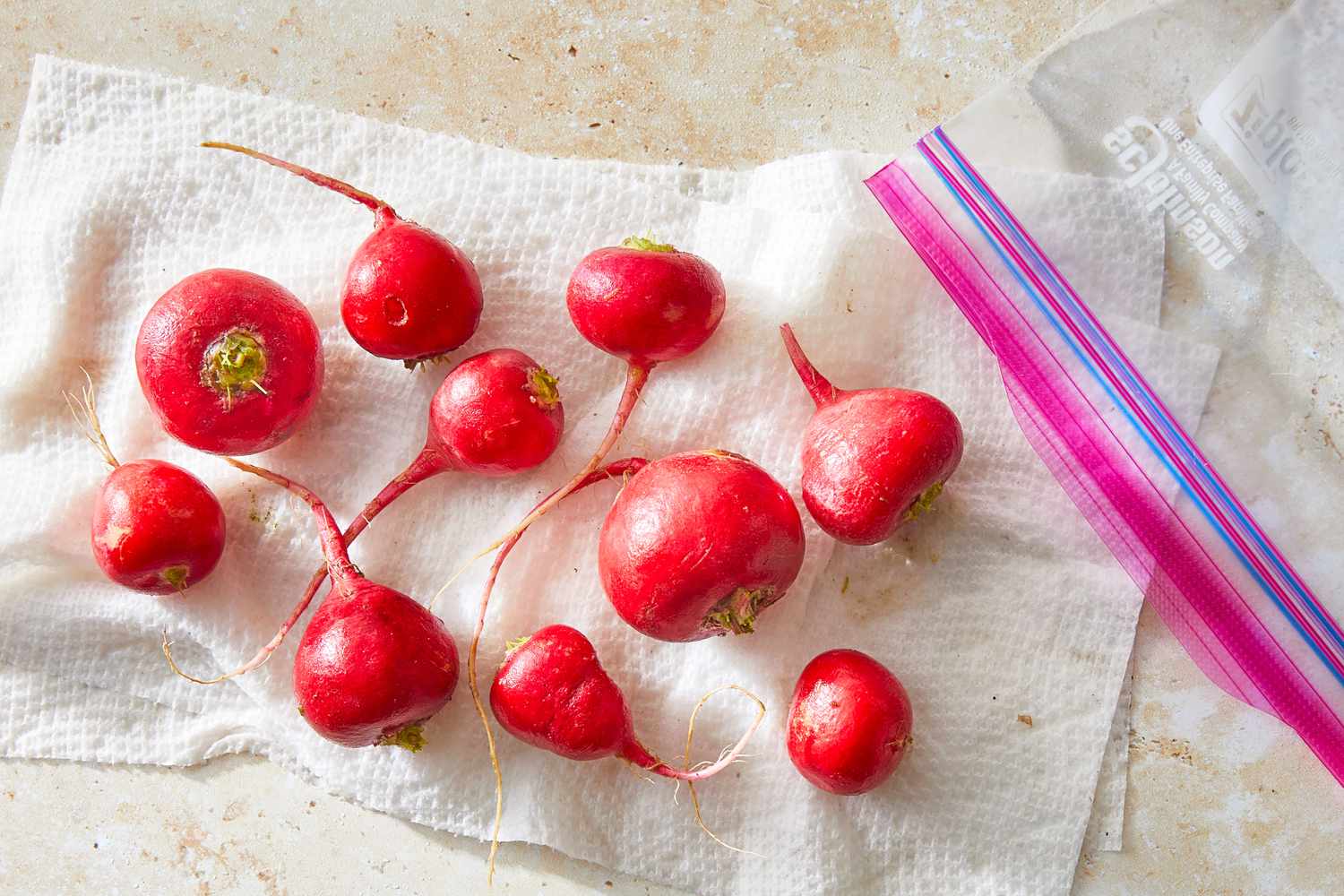

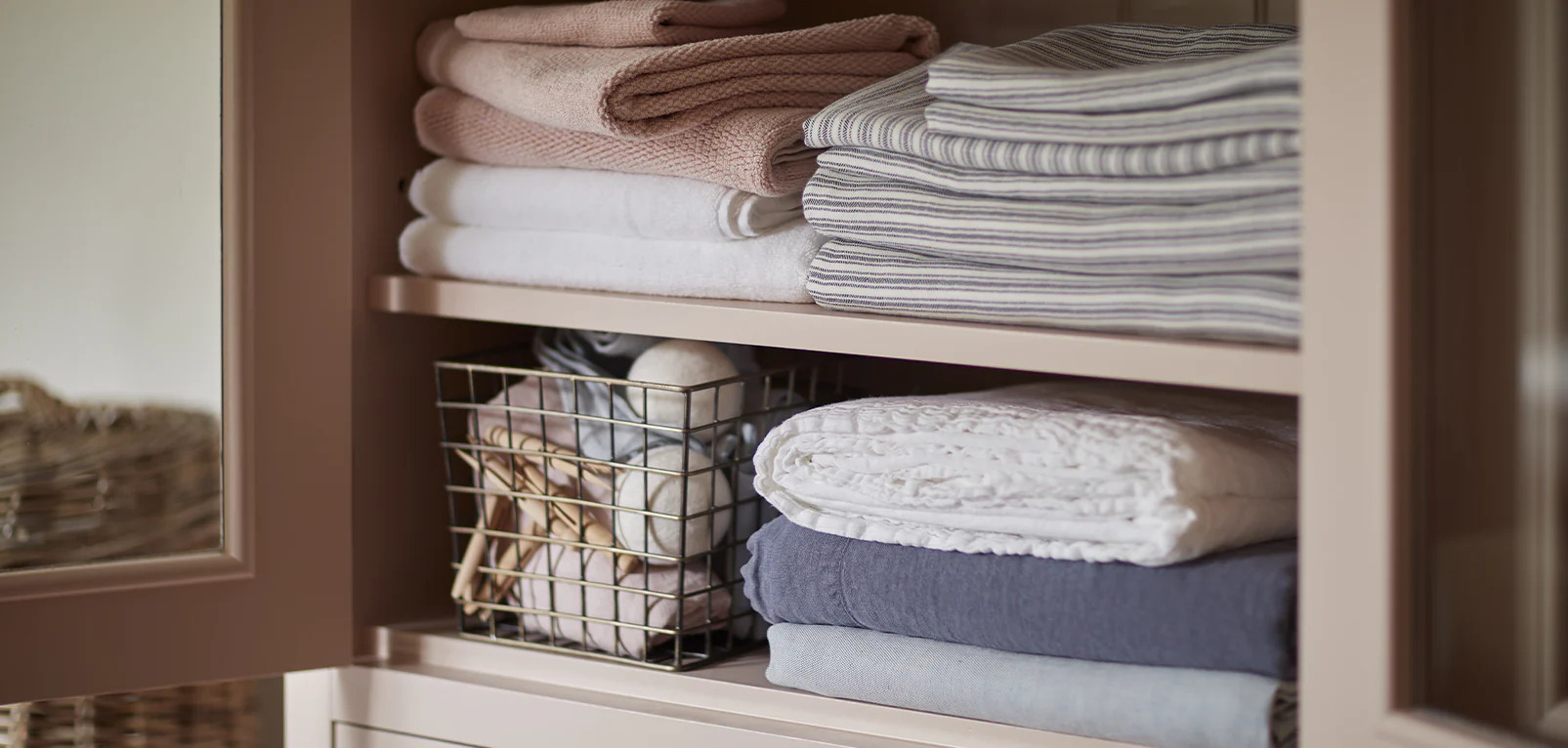
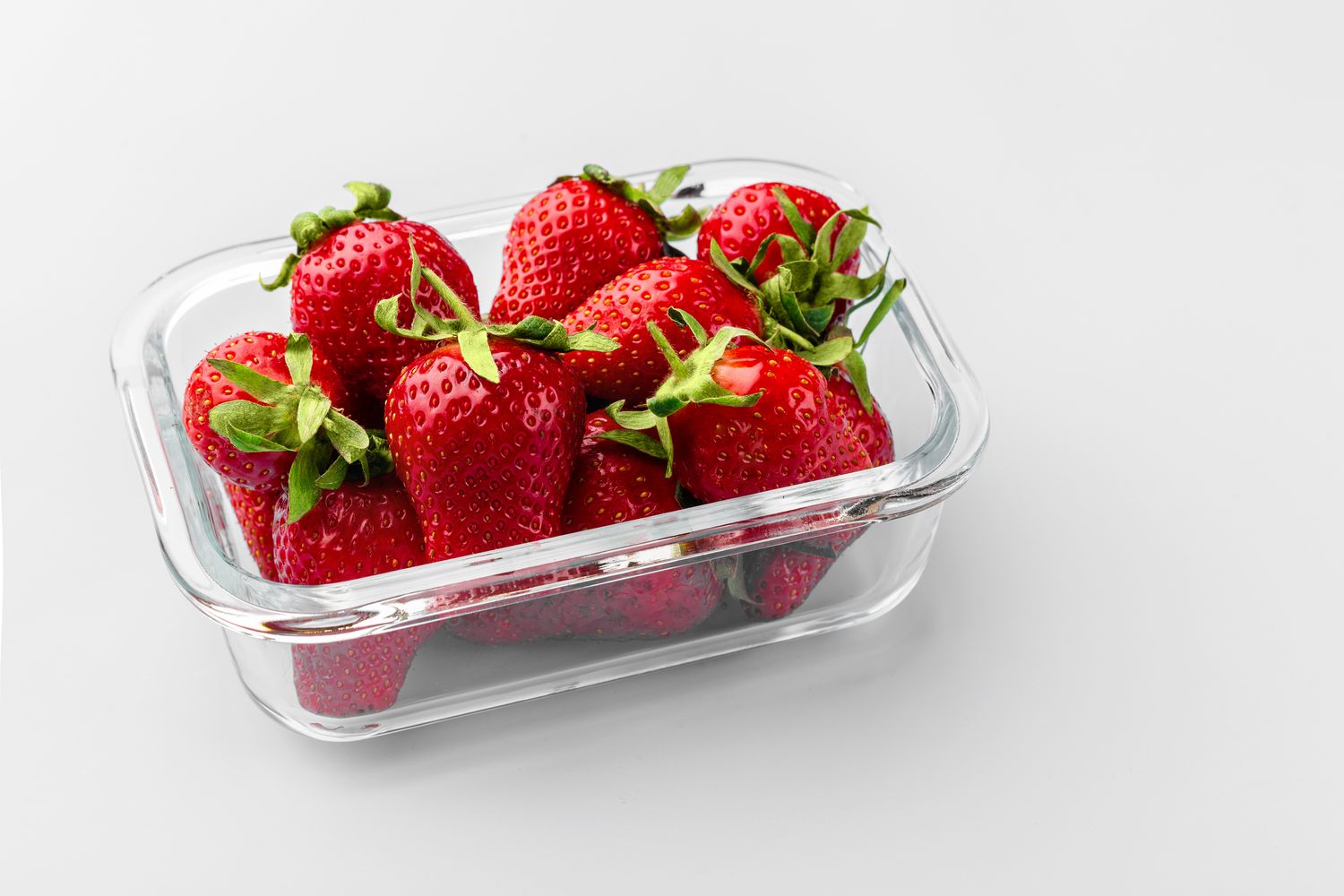

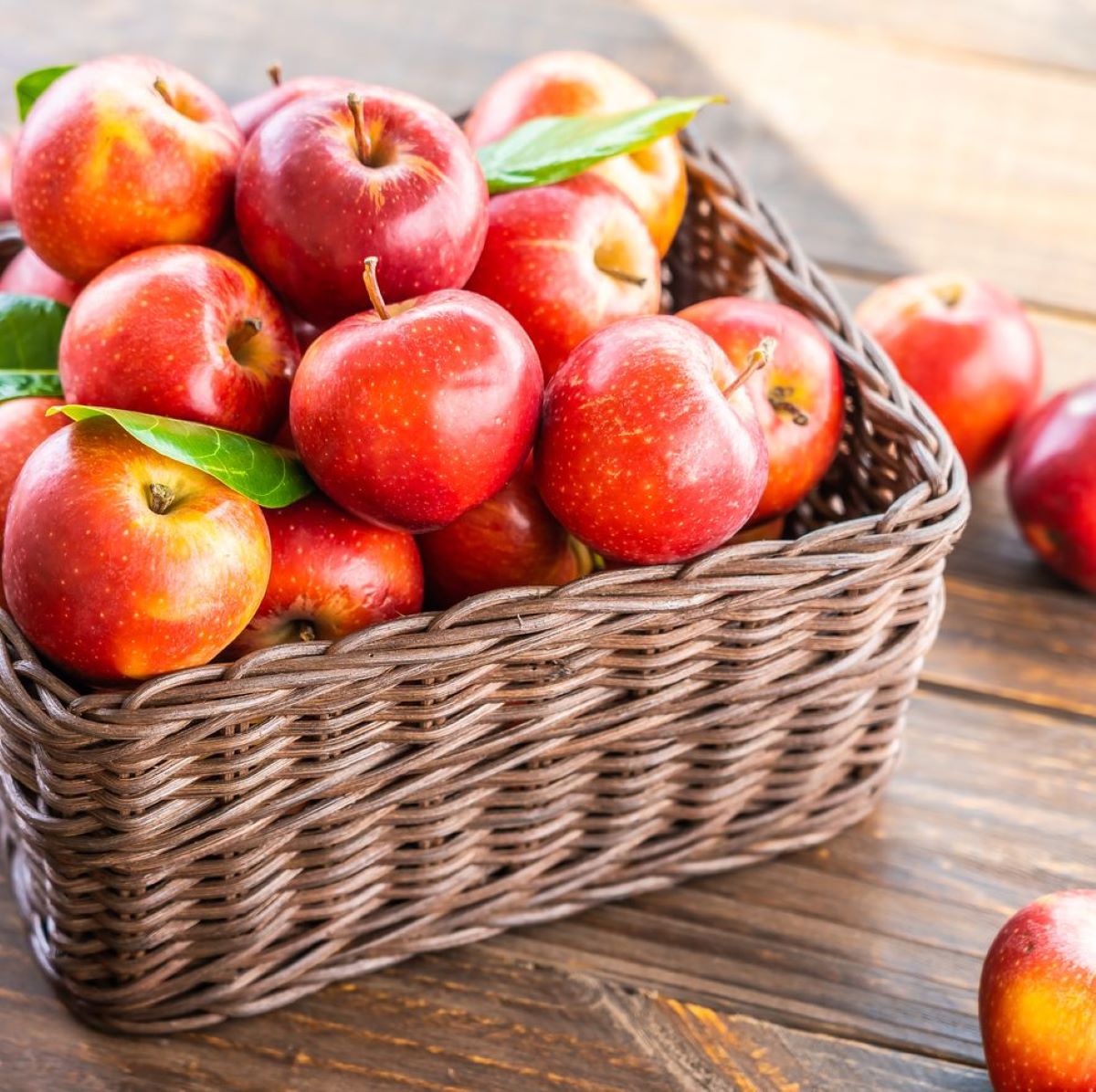
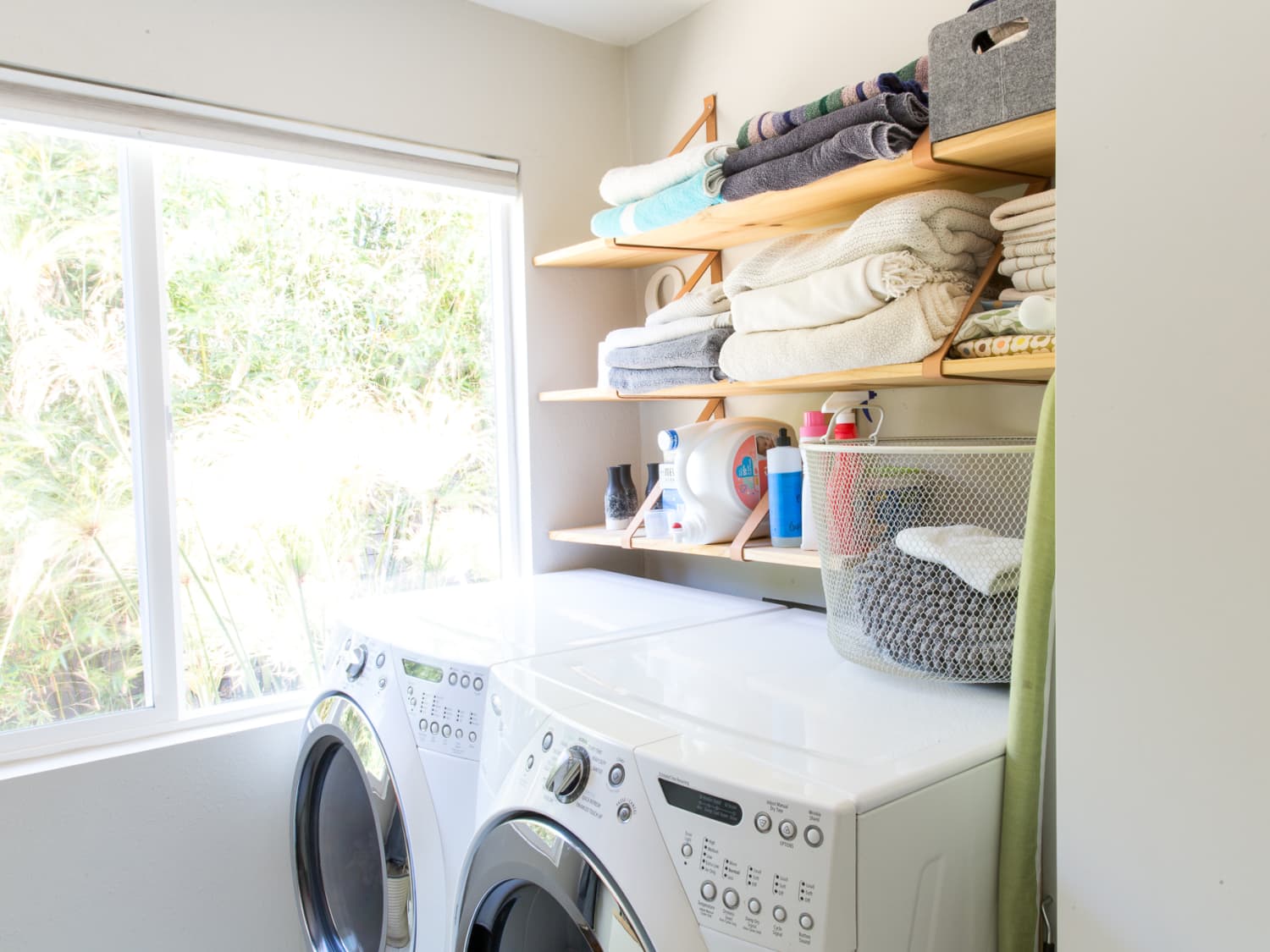
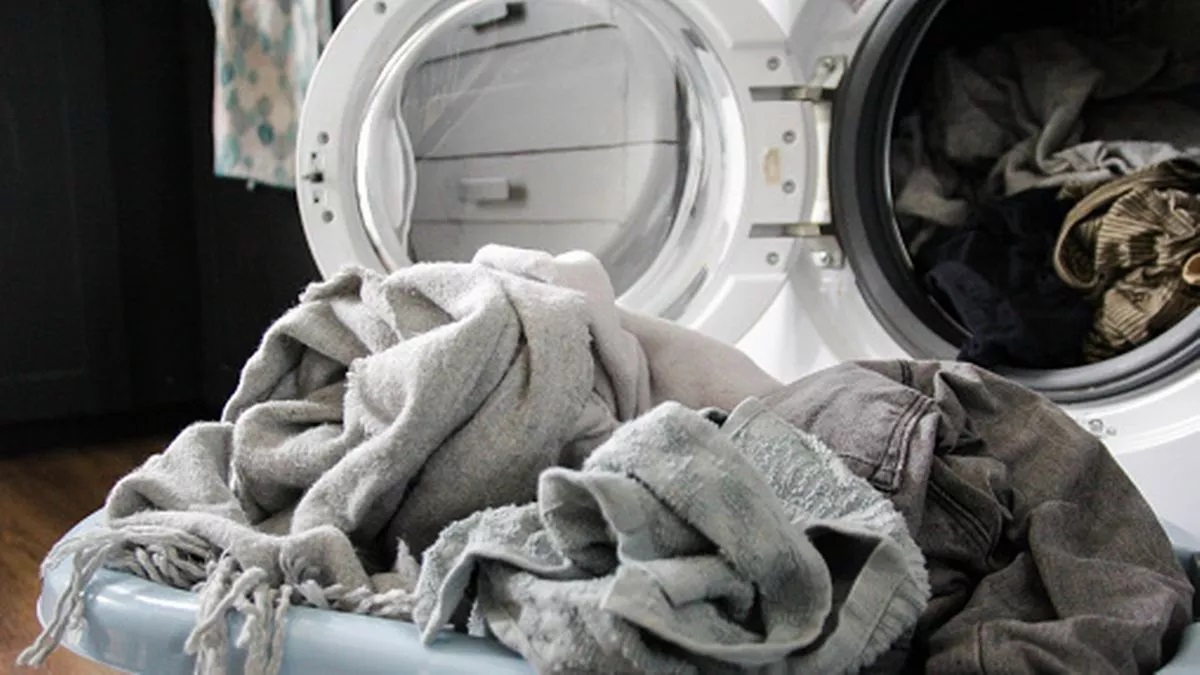

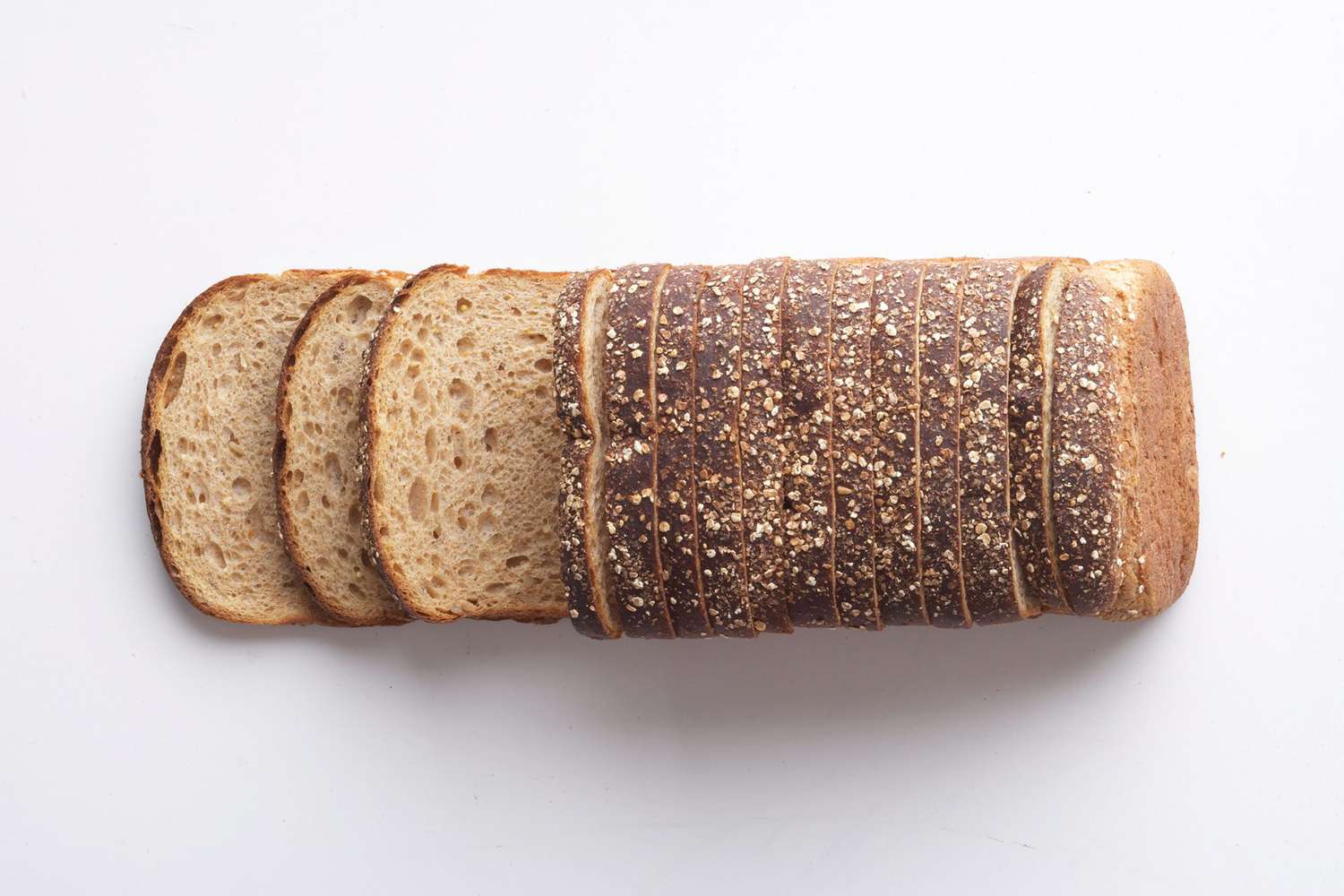
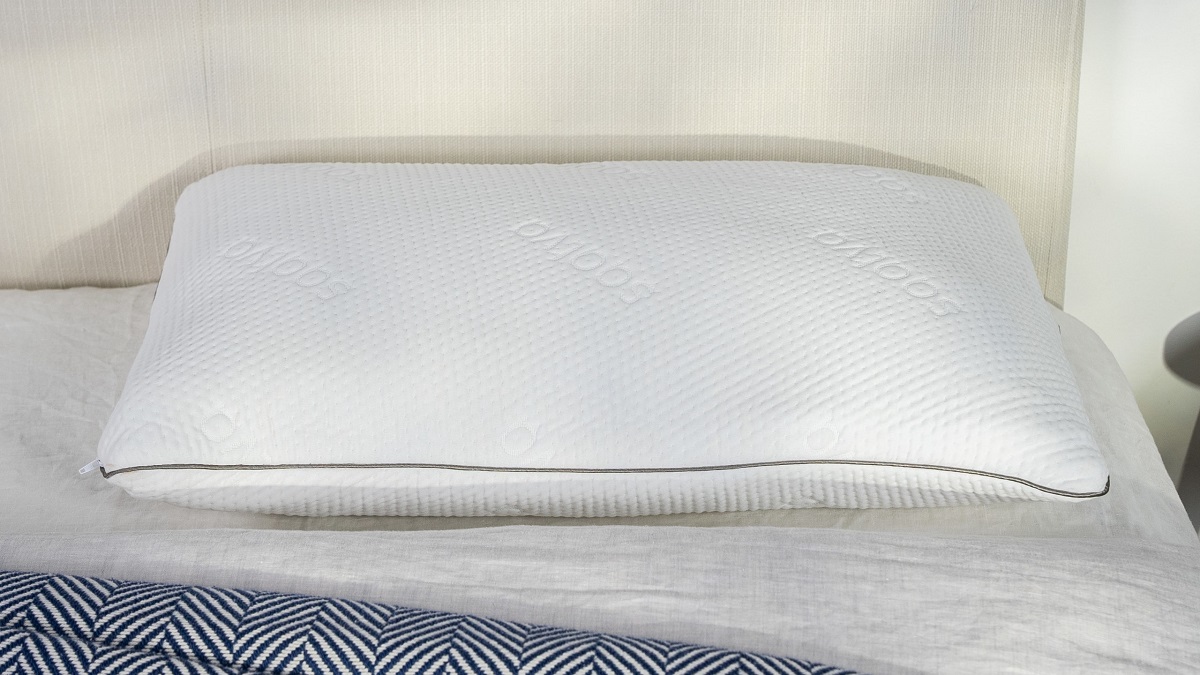


0 thoughts on “How To Wash Towels To Keep Them Soft And Smelling Fresh”